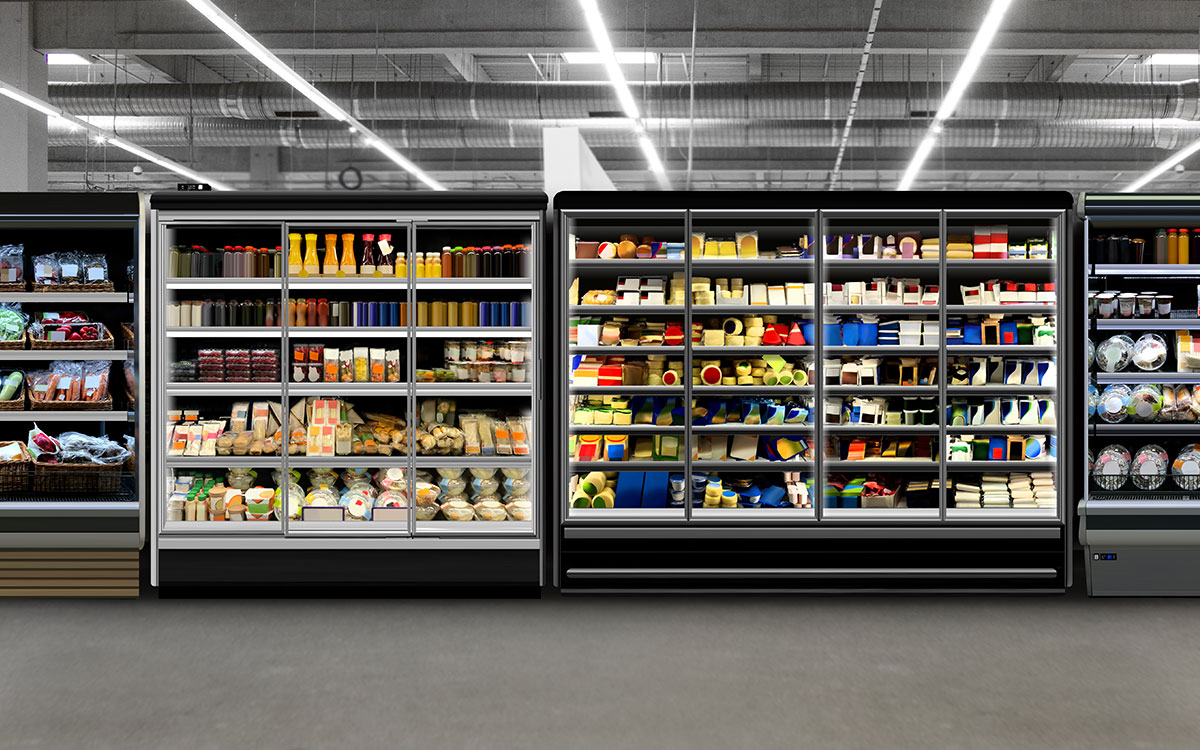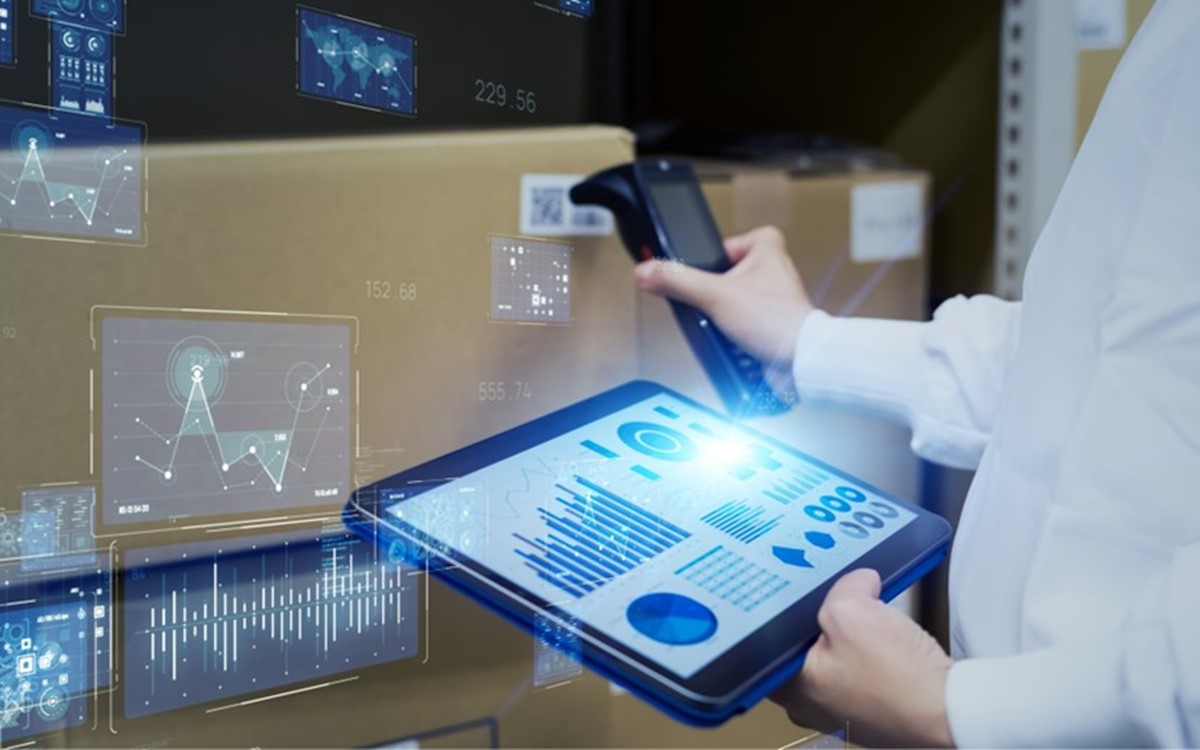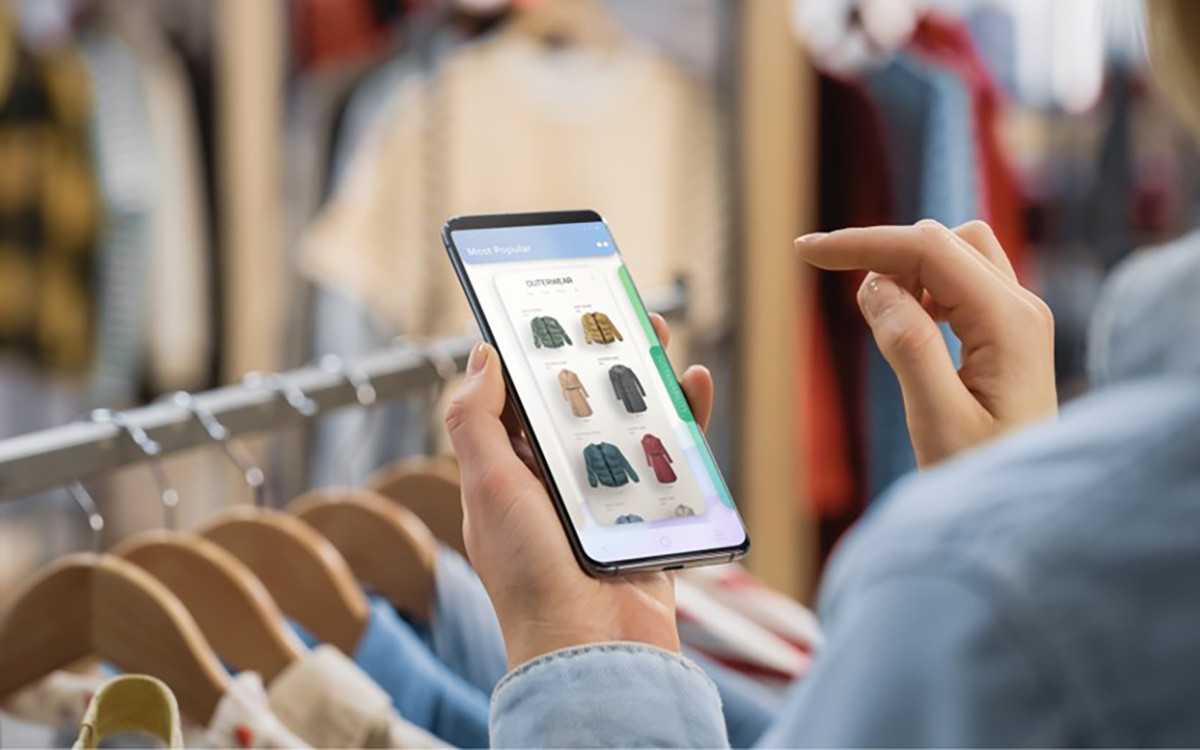
Few industries have been harder hit from COVID-19 restrictions than retail, or more specifically, in-person retail. The closure of shop fronts has opened the floodgates to online channels, prompting new consumer behaviours. However, as the global vaccine rollout continues to move in a positive direction, the reopening of the high street seems to be on the horizon.
Following what has been an online awakening for many retailers, what will the high street look like? How will retailers need to rethink their experience for a digital-first world? And what technologies will become increasingly important to achieve success in-store?
We spoke with Jat Sahi, retail consulting industry lead at Fujitsu about what retailers can expect to see.
The pandemic has appeared to have prompted a lot of changes in the retail. But were these changes evident prior to the pandemic?
Yes, definitely. The shift to online, from products to services, was already happening. All the pandemic has done is accelerate it.
The benefit is that it’s actually added some certainty to retailer’s digital transformation processes. Setting up online retail channels can be very expensive if you don’t have many customers wanting to buy online, but the pandemic has guaranteed this demand. For the grocery sector, online shopping was stabilising at 6-7% of the market, so many stores were questioning whether an increasingly digital approach was worth it. Now, the pandemic has pushed online sales to be around 11% of the market it has given them confidence to say it is worth it.
So, do you think it's imperative that all retailers have online offerings?
I think the rule is, yes, as you've got to be everywhere your customer is. You've got to be super accessible, because whoever gets there first, gets the sale. Being able to sell at speed is what’s ensuring success in the retail space, and an online approach is helping retailers achieve this.
However, there are exceptions. Take Primark – it doesn’t have an online offering. And that's because their business model succeeds on being super low cost driven by the fast and excellent decision-making capability of their front-line staff – hosting online channels and associated returns would push the cost up, reduce their ability to use their front-line intelligence and also possibly reduce the motivation of shoppers to visit the store. Their quick turnover of products at large scale would also make selling online really difficult to manage at profit.
Do you feel there’s still a role for high street retailers to play, despite the online boom?
For most towns and cities, the high street is their communal space and I think it’s really important we retain that. So, what retailers have to do is reimagine their business and really think about the services that are going to bring people in.
Lululemon is a great example for this because it started off as a yoga brand, but then built up a community where customers could connect with one another, through fitness classes and consultations. It then widened its network, adding new things for different types of customers. For instance, it bought a fitness start-up called MIRROR. MIRROR conducts fitness classes at home, through a mirror, so you can see yourself exercising and connect with others while doing it. They have completely reimagined the value they can bring their customers and community.
What are the challenges of trying to build and connect with communities like this?
The challenge for retailers is creating an identity that connects with real people and their needs. The era of mass media meant we were all listening to the same top 10 songs, and all watching the same films on the same channels. But now that the online media world has become saturated, people’s identities and needs have diversified. As a result, someone could be famous in one circle but completely unknown in another. To keep connecting with customers, retailers have to connect with people at an almost individual level, by providing guidance, new services, and new value elements.
This is actually what Fujitsu and ServiceNow have been working on with a number of our retail clients. We’ve been putting platforms in place to support the easy set-up of new online services. The platform can also identify when services are being used, if they’re working, and it can trigger workflows when they break.
Does this mean technology will be the heartbeat for retailers’ future?
There will definitely be a lot of useful technologies, but I think what’s most important is how we are thinking about our business and working with our customers. Retail has changed significantly in the past few years, so the way we serve retailers as a technology partner has to evolve in tandem.
I like to think of it like a Formula 1 circuit vs an off-road rally track. Traditionally, the retail circuit was the same year after year and all retailers were in the same boat (or car) planning and working around key dates such as Christmas, New Year and Valentine’s Day.
However, now it’s more like a rally race – the track is all over the place and you can’t easily predict the road ahead. The difference is, in a rally race you have a codriver to help you navigate the challenges and bumps in the road. That’s where Fujitsu comes in: a codriver that has the experience and can ascertain a clear line of sight between what technology can do and what outcome you want to provide your customer.
So, it’s really important moving forward that retailers think about technology pragmatically, rather than implementing something under the pressure of industry trends. For example, can cloud provide you the value you need, and can it provide value for your customers?
-
Ultimately, we all know that the way retailers work has to change. New channels have to be embraced and businesses need to be online because that’s where their customers are. Of course, technology will be a big enabler of this, but it isn’t the be-all-and-end-all.
The real change comes from how the pandemic has shifted our perceptions of what retail is and what it can be. As we move towards a post-pandemic world I’m looking forward to seeing the opportunities that arise in retail as a result of this.
To learn more about how you can balance the changes in tech, strategy, and workforce you can find in-depth guidance in our Revamping Retail e-book.












